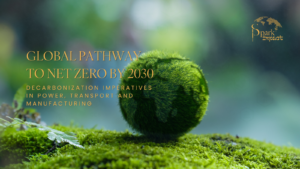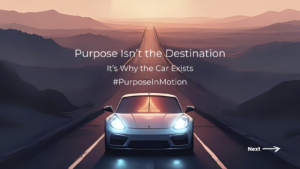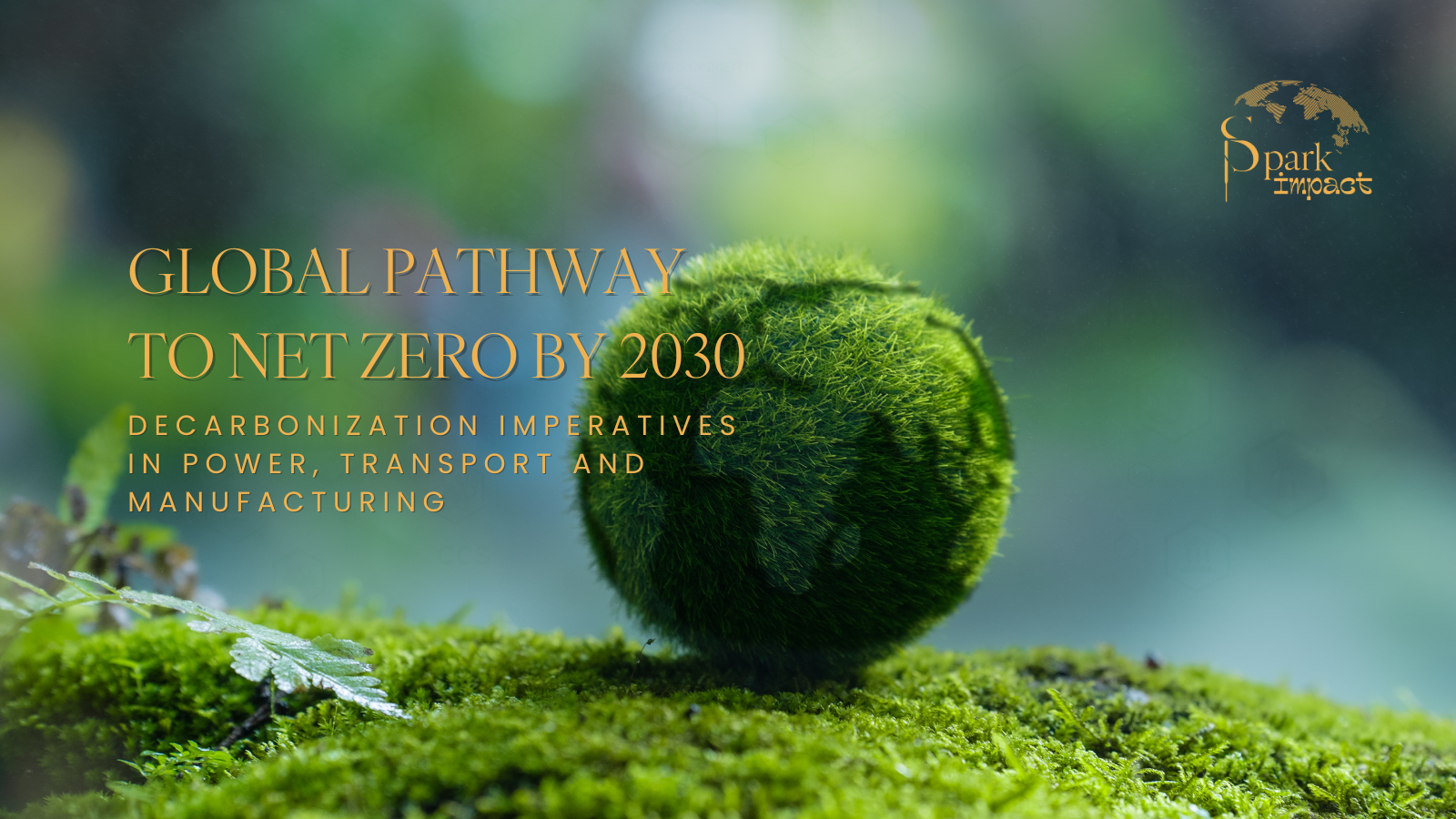
Global Pathway to Net Zero by 2030: Decarbonization Imperatives in Power, Transport and Manufacturing
Greenhouse-gas emissions climbed to a record 57.1 GtCO₂e in 2023, underscoring the urgent need for accelerated mitigation across all sectors. The power sector alone accounted for 15.1 GtCO₂e, followed by transport (8.4 GtCO₂e) and industry (6.5 GtCO₂e)1. To bend the global emissions curve sharply downward, three transformative actions are indispensable: tripling renewable-power additions, electrifying mobility at scale, and decarbonizing industrial processes.
Achieving a three-fold increase in renewable capacity by 2030 calls for annual additions of roughly 1,200 GW of wind, solar and other clean technologies—more than double the 473 GW installed in 2023. Governments at COP28 endorsed this target of 11 TW of renewables by 2030, yet current policies leave a substantial shortfall. In the IEA’s Renewables 2024 report, the pathway to roughly 2.5× today’s renewable-capacity levels by 2030 hinges on a suite of strengthened policy and market measures. On the policy side, governments would need to streamline permitting—cutting approval times for wind and solar projects by half—while rolling out more generous, auction-based procurement frameworks and long-term contracts (for example, contracts for difference) that guarantee stable revenue streams. Embedding ambitious renewable targets into Nationally Determined Contributions, broadening carbon-pricing mechanisms (toward or above US $50/t CO₂), and mandating corporate power purchase agreements further reinforce project bankability. Complementing these, robust grid planning and expansion—incorporating interconnection upgrades and enhanced transmission corridors—are essential to absorb and dispatch the surge of variable generation.
On the market side, sustained cost declines for solar PV (module prices fell by about 15 percent in 2023) and onshore wind turbines must continue, underpinned by manufacturing scale-ups in regions such as India and the United States. Simultaneously, institutional investors and development banks must ease financing barriers through green bonds and sustainability-linked loans, addressing higher capital costs in emerging markets. Corporate demand via power purchase agreements and growing appetite for storage‐co‐located renewables deals also play a critical role, as does the maturation of digital tools that optimise project design and operation.
When combined, these enhanced policy and market conditions could elevate annual renewable additions to nearly 1 000 GW per year by the late 2020s—pushing cumulative capacity toward roughly 2 800 GW by 2030, but still just shy of the 3 300 GW required to triple current levels and keep the 1.5 °C goal within reach
Decarbonizing transport hinges on a rapid shift to electric vehicles and low-carbon fuels. The UNEP Emissions Gap Report 2024 highlights electrification and fuel-switching in transport and industry as critical mitigation levers, capable together of delivering a significant share of the 31 GtCO₂e emission-reduction potential needed by 2030. Achieving this will require supportive regulations, expanded charging infrastructure and targeted incentives to drive EV market share well above 50 percent of new car sales.
Norway has emerged as the global frontrunner in decarbonizing transport, driven by a coherent policy framework and consumer incentives that have made it the world’s most electrified car market. Generous tax exemptions, waived tolls and an extensive public charging network have propelled battery-electric vehicles to account for nearly half of all new passenger-car registrations—47 percent as of mid-2018—far outpacing any other nation. This rapid uptake demonstrates how aligning fiscal measures with infrastructure build-out can transform vehicle fleets and slash tailpipe emissions at scale.
Yet even in leading markets, several persistent barriers impede the broader roll-out of electric vehicles. First, the higher upfront price of EVs compared with internal-combustion models can deter cost-sensitive buyers, despite lower total-cost-of-ownership over time. Many consumers still perceive electric cars as luxury items rather than everyday transport options, reflecting entrenched purchasing habits and limited awareness of long-term savings. Second, although charging networks are expanding, gaps remain—particularly in rural areas and multi-unit dwellings—heightening “range anxiety” and concern over finding reliable chargers on longer journeys. Slow charging speeds compound this unease, with fast-charge stations often occupied or located inconveniently, making recharging take substantially longer than a conventional fill-up. Finally, a relative shortage of trained technicians and aftermarket parts for EVs can undermine ownership confidence, as drivers worry about maintenance support and repair costs outside major urban centres. Overcoming these hurdles will require continued investment in consumer education, network densification and vocational training to ensure that the electric-mobility revolution reaches every corner of the globe.
In manufacturing, deep energy-efficiency improvements, process electrification and adoption of emerging technologies—such as green hydrogen and carbon capture—must proceed at unprecedented pace. The Emissions Gap analysis finds that, alongside renewables, efficiency and electrification measures across buildings, transport and industry can collectively bridge more than half of the gap to a 1.5 °C pathway by 2030.
Filling the investment void is equally critical. The UNEP-FI’s “Unlocking Investment in Net Zero” report estimates an annual financing requirement of US $0.9–2.1 trillion between now and 2050 to fund resilient, low-carbon infrastructure. On average, a funding gap of about US $1.5 trillion per year must be closed to keep the 2030 net-zero trajectory in sight. Priority capital allocations include utility-scale renewables, grid modernization, battery energy-storage systems and electric-mobility ecosystems.
Meeting these interlinked targets demands concerted policy frameworks, innovative financing mechanisms and public-private collaboration. As national commitments evolve ahead of COP30, the world stands at a crossroads: accelerating clean-energy deployment, electrifying transport fleets and greening industrial value chains are no longer optional. They are the defining imperatives to secure a net-zero future by 2030.
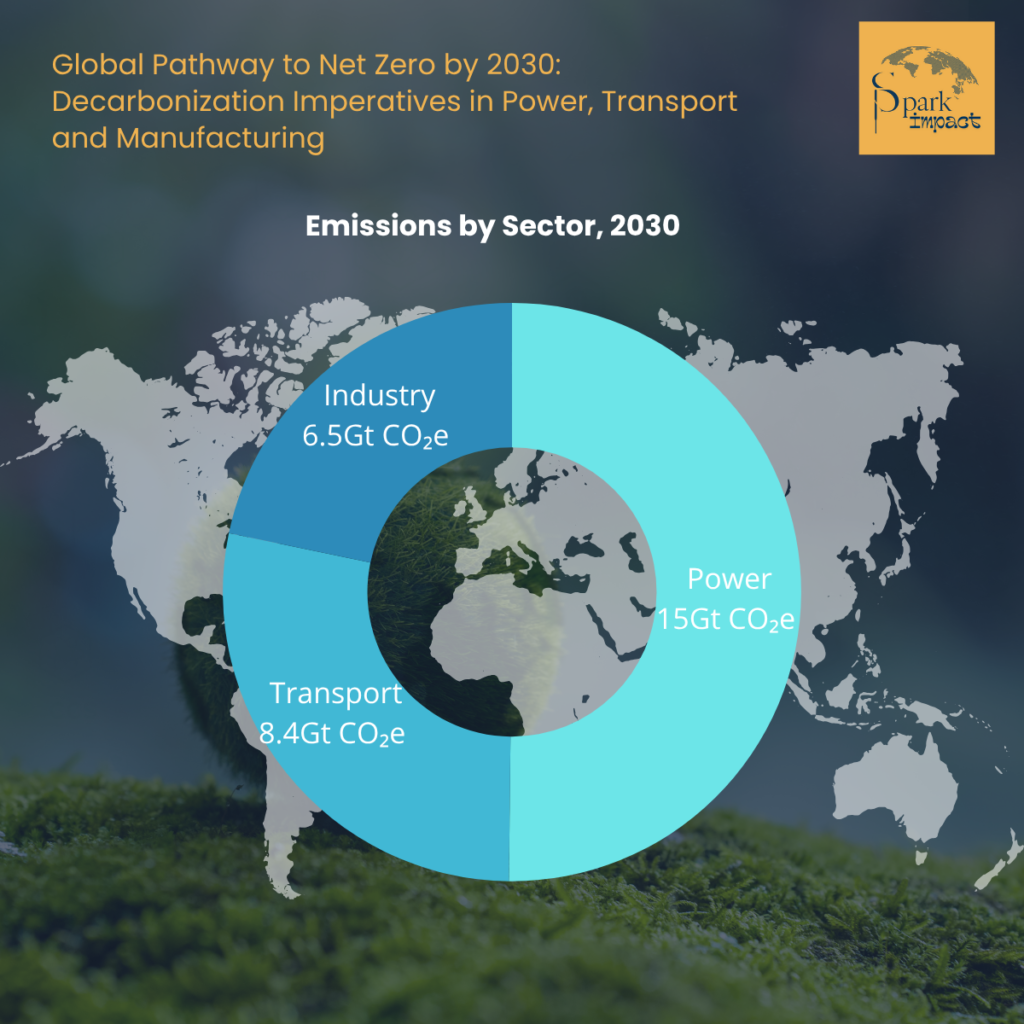
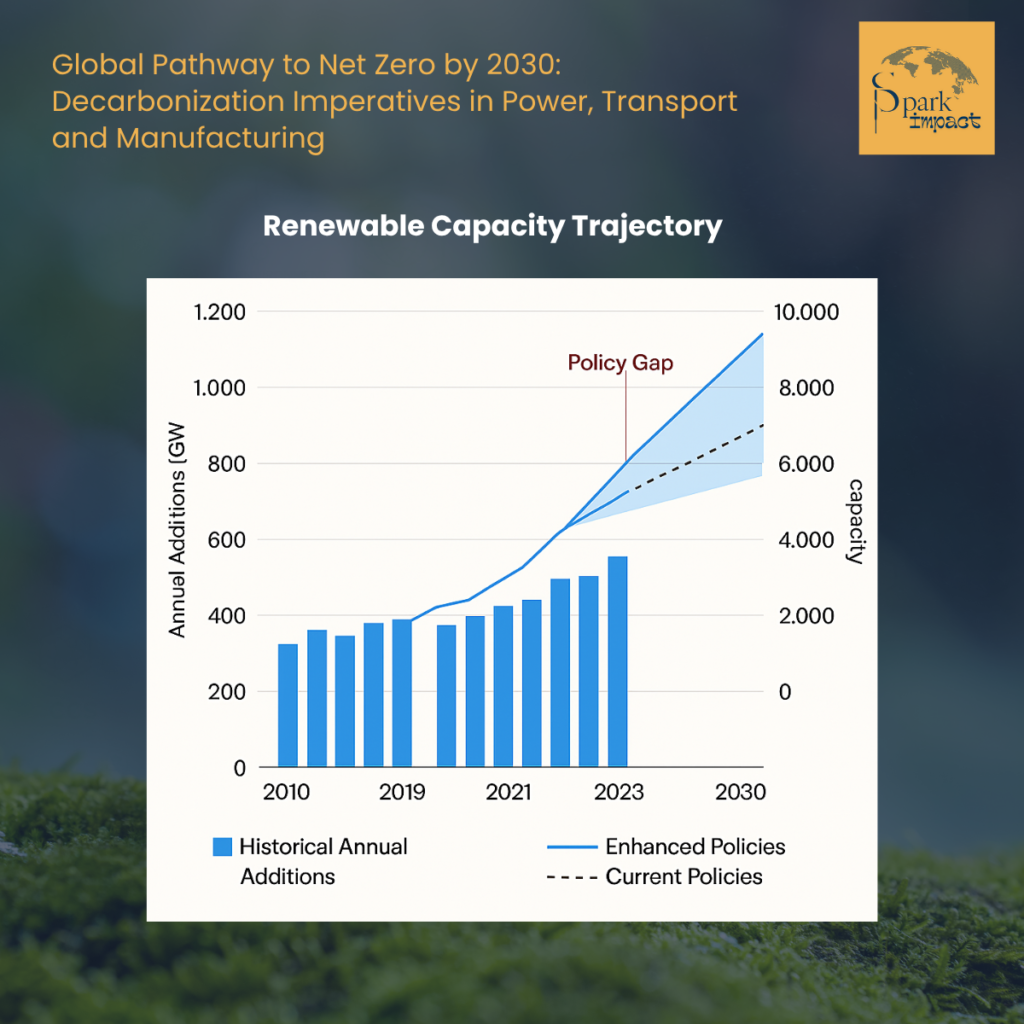
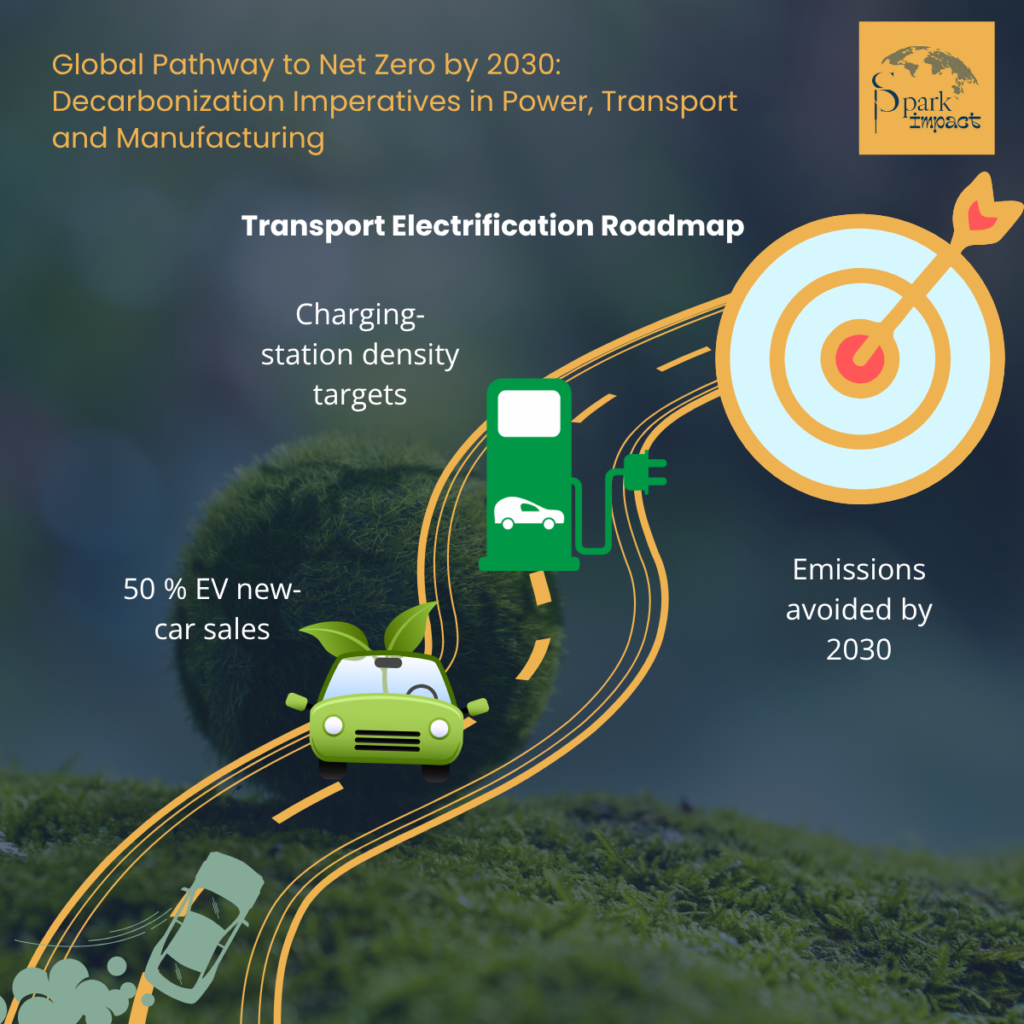
You may also like
